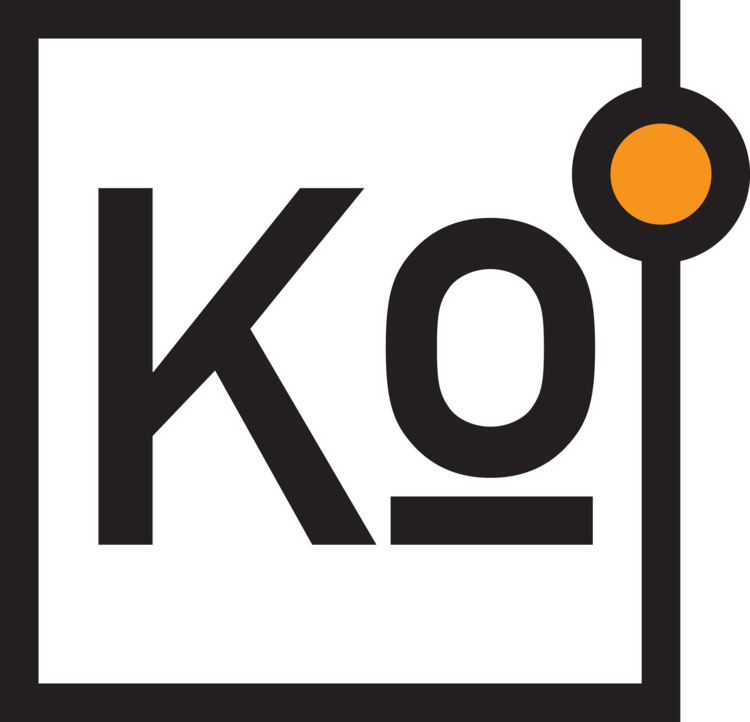If you enjoyed my recent attempt to explain just what exactly a product manager does, I think you’ll really like Stratechery, a blog published by a very clever guy named Ben Thompson. I only know Thompson through his writing, which is consistently smart and incisive.
Unlike me, Thompson actually studied strategy and marketing at business school and, beyond that, he’s spent time working at both Apple and Microsoft, so he’s got the bona fides. Consistent with his background, Thompson’s posts are primarily focused on the tech sector, but I find that his insights are, more often than not, relevant across industries.
One example is a piece he published this past October titled “PayPal’s Incentive Problem,” which was the most memorable business article I read in 2014. As the lead suggests, the post focuses specifically on PayPal, but I can tell you from first-hand experience as a start-up co-founder and as an employee at some very large corporations that Thompson’s observations hold truths that apply well beyond PayPal alone, or tech companies as a cohort for that matter. Here’s the core of his analysis:
Something I’ve learned over time—and believe today more strongly than I ever have—is that nothing matters more than incentives. It doesn’t matter how much money or experience or developers you have if your incentives are not aligned to solve the right problem. This is the big advantage that startups have vis a vis corporations: a startup starts with the problem and then creates the incentive structure under which their company operates…
A big company, on the other hand, has already solved a different problem—the problem that defined them back when they were as a startup. Now that the big company is facing a new problem, they have the wrong set of incentives—incentives that are defined by the old problem, not the new one.
This means that all of the advantages a big company has—their money, their experience, their developers—are all pointed in the wrong direction, leaving an opening for the new startup who has defined themselves by the new problem.
This dynamic has existed for as long as large corporations have existed, but the advent of the Internet and, more recently, the mass availability of the always-on, always-connected pocket computer (aka the smartphone) have amplified its effects to the point that a tiny start-up like Airbnb or Uber can single-handedly disrupt an entire industry.
Thompson illustrates the pitfalls of mis-aligned incentives through the lens of PayPal, which has been the leader in peer-to-peer digital payments since the early 2000s, yet is struggling to remain relevant in the face of disruption (as catalyzed by the rise of mobile payments—there’s that pesky smartphone again!).
This is a good case study, but the core challenge he outlines—the ability to align incentives towards solving the right problems—goes well beyond PayPal and is, in my experience, the central challenge faced by every company that survives beyond the start-up stage. For the physics nerds in the house, it’s akin to a “theory of everything” for the universe of business in that it’s as applicable at the quantum level of the individual employee as it is at the Newtonian level of the corporation. And a business leader’s ability to establish and maintain the right incentives is the most consistently accurate predictor I’ve seen for future success—whether that’s at the level of a functional manager, a divisional GM or a CEO.
This is a topic I’d like to dive into more deeply, but the point of this post was not for me to pontificate! Instead, my intent was to turn you on to Ben Thompson’s consistently smart observations on the world of business at Stratechery.
Before ending, however, I should note that I wasn’t completely truthful at the top of this piece when I wrote that I only know Thompson through his writing. In fact, I’m also an avid listener to Thompson’s weekly podcast, Exponent, which he co-hosts with James Allworth, another clever bloke who, amongst other things, writes for the Harvard Business Review. Their august qualifications might lead you to presume that these guys communicate in gobbledygook business-speak, but the show is actually quite accessible to non-MBAs. What I enjoy most about it is that Thompson and Allworth aren’t afraid to forcefully debate ideas, but their conversation never devolves into chest thumping hyperbole or ad hominem attacks. Given the sad state of business commentary these days—particularly when it comes to tech—both Stratechery and Exponent are welcome aberrations.







